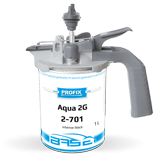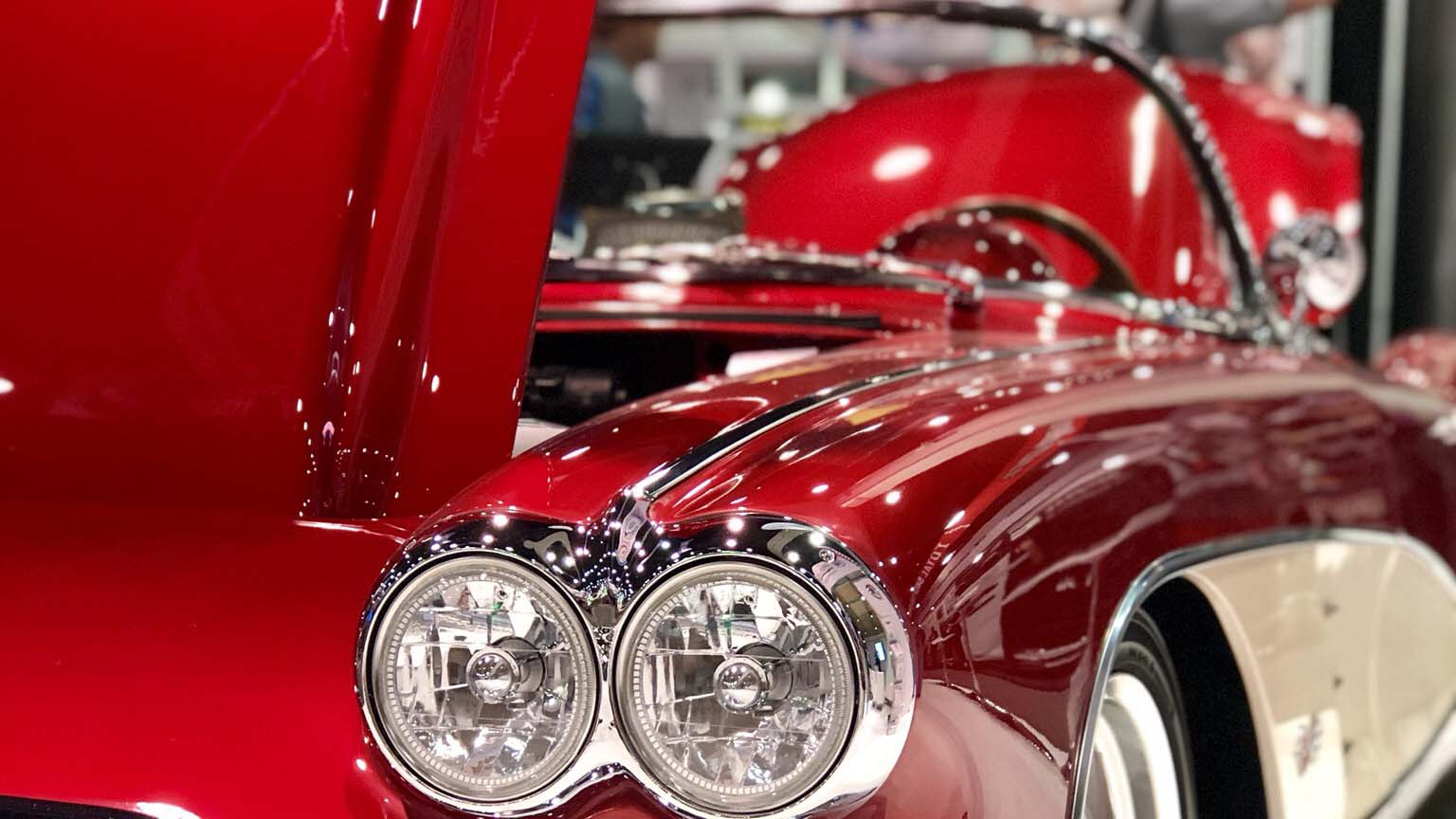Recently added
Most read
Why use the water-soluble lacquers, when the conventional ones are available?
Why is clear coat resistant to UV?
Why is clear coat resistant to UV?
Automotive lacquers are multi-layer systems in which each layer meets a strictly defined function. The bottom layer is responsible for good adhesion and corrosion protection. This is most frequently the case in renovation car spraying – epoxy or reactive primer.
Next layer is made by filling primers, which increase resistance to mechanical strains and fulfil the levelling role. Good quality primers also have anticorrosion components (for example, CP 365). These two layers which are invisible for the vehicle user meet an anticorrosion function, which is responsible for long life of the body.
The last layer determines the final visual effect. The top layer in the renovation car spraying may be built of a few parts. These may include, for example, base lacquers giving the colour with visual effects (e.g. pearl lacquers) or acrylic lacquer in case of solid colours.
Finally, there is a colourless surface as well as matt surface responsible for gloss or its lack, smoothness and resistance to scratches. You should remember that all layers are interdependent, through which they jointly influence the properties and durability of the whole coat protection.
In order to secure the coat against solar radiation (in particular, ultraviolet waves) we add organic and non-organic UV nanoabsorbers to the automotive lacquers. Simply speaking, this is a kind of suntan cream for our car. Such additives prolong the lacquer’s life, at the same time keeping its appearance for many years.
A question arises, how lacquer manufacturers check the resistance of their lacquers to UV radiation, because in natural conditions such process takes many years. This is solved in two ways.
First, laboratory methods of accelerated ageing of lacquer coats are applied, which simulate atmospheric conditions. Intensification of these conditions enables quicker evaluation of the tested coat durability, because it shortens the duration of the test process. The process of accelerated ageing may be conducted by the use of one ageing factor (temperature, humidity or radiation intensity) or a few ageing factors acting at the same time, or by their cyclical change. For the purposes of conducting these tests you can use such equipment as: climatic chambers, thermal shock chambers, salt spray chambers, UV chambers.
Due to difficulties, the second step used by few manufacturers is the so-called “Florida test” – test under extreme, but natural conditions. For over 75 years the area of Miami on Florida has become a reference point for strength tests to external atmospheric conditions. One year of tests on Miami equals a few years in other places. Florida has a very intensive sunlight, UV radiation, high annual temperatures, very intensive rainfalls, and very high humidity. The coat’s load is increased a lot by the presence of sprayed salt oceanic water in the air in combination with very high intensity of solar radiation, and in particular UV radiation. The positive test result in such conditions is the guarantee of the lacquer’s quality. Products of Profix brand (e.g. CP 2015 HS X-Speed) must meet such stringent tests, because they are tested in such conditions by the manufacturer there.
The tests to which good quality lacquers are subject are multi-stage examinations, because only such tests allow









